Ice dams are more than just an inconvenience. When meltwater backs up behind a dam, it can seep under shingles and into the roof deck, leading to leaks inside the home. Common problems include stained ceilings and walls, damaged insulation, warped flooring and mold growth. Prolonged ice loads can also bend or tear gutters away from the house and put stress on fascia boards, soffits and roof sheathing. In severe cases, the repeated freeze-thaw cycle weakens roofing materials and shortens the lifespan of the entire system.
Ice Dam Prevention: The Complete Guide
Ice dams are one of the most common and costly winter problems for homeowners in cold climates. This guide explains what they are, why they form and the best ways to prevent them, from architectural fixes to more budget-friendly solutions like self-regulating heat tape.
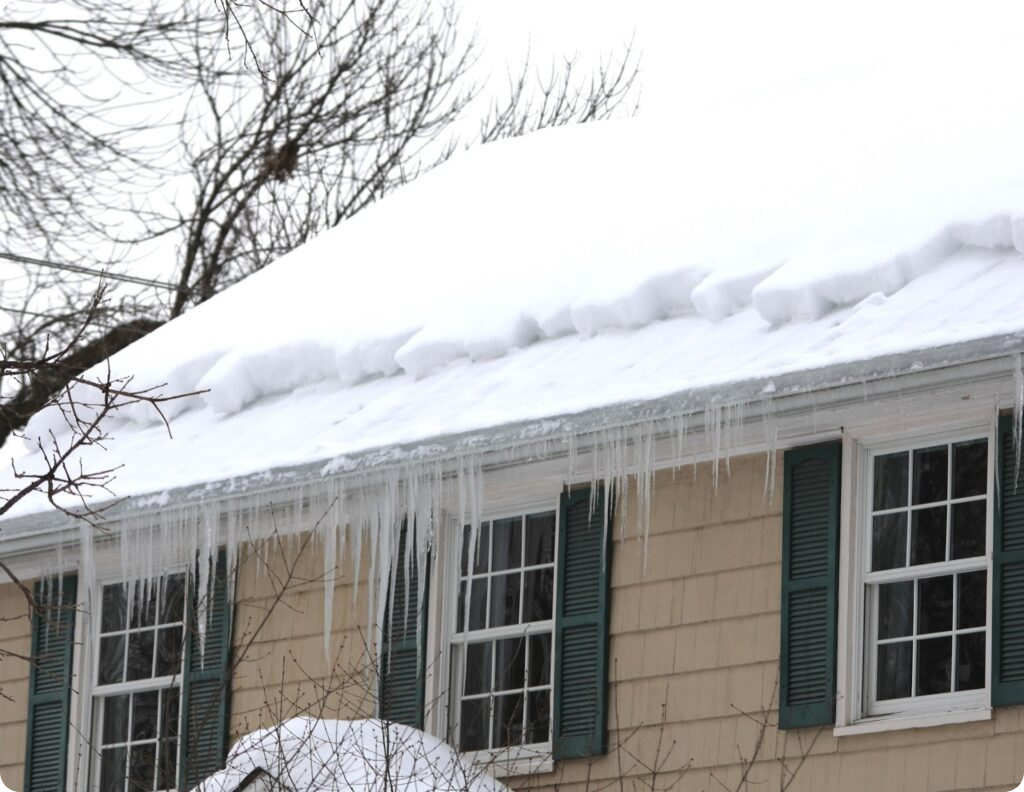
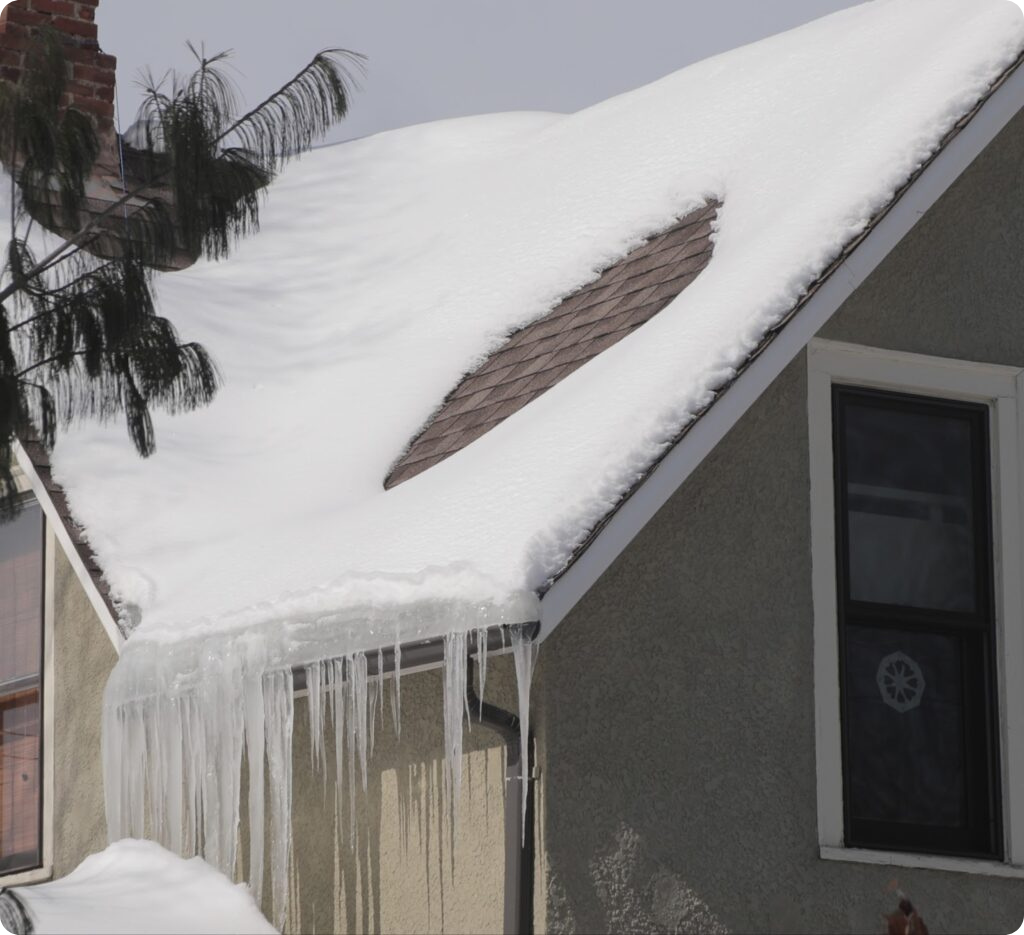
What Are Ice Dams?
Ice dams are ridges of ice that form along the lower edge of a sloped roof. They trap water behind them, forcing meltwater back up under shingles where it can leak into the home. Left unchecked, ice dams can cause roof damage, interior leaks and expensive repairs.
What Causes Ice Dams?
The underlying cause of ice dams is uneven roof temperatures. Warm areas of the roof surface melt snow and that water refreezes when it hits colder areas lower down, usually at the eaves. Several factors contribute to this imbalance:
- Heat escaping from the living space into the attic or roof system
- Inadequate or uneven insulation and ventilation
- Complex roof designs that trap heat
- Solar orientation, where sun exposure on upper roof slopes creates meltwater that flows downward and refreezes in shaded or constricted areas such as valleys and pans
It is important to note that gutters do not cause ice dams. They may collect ice, but the real problem begins with roof temperature differences.
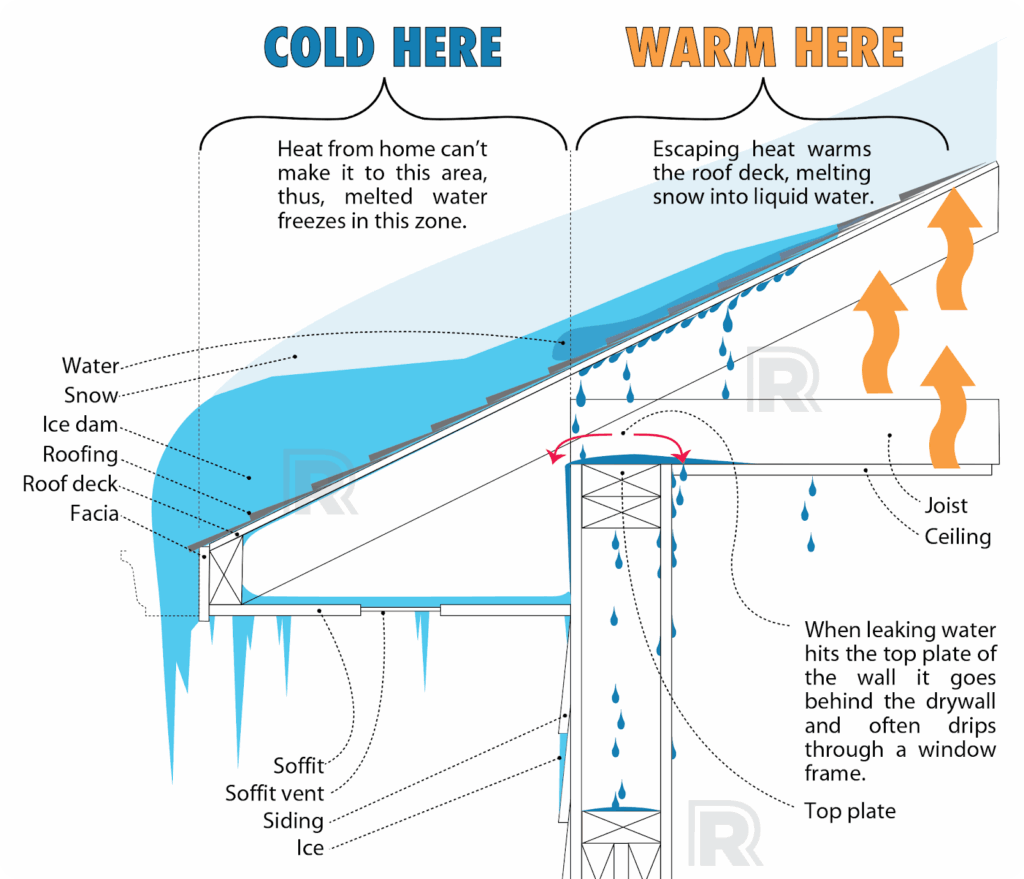
Ice Dam Damage
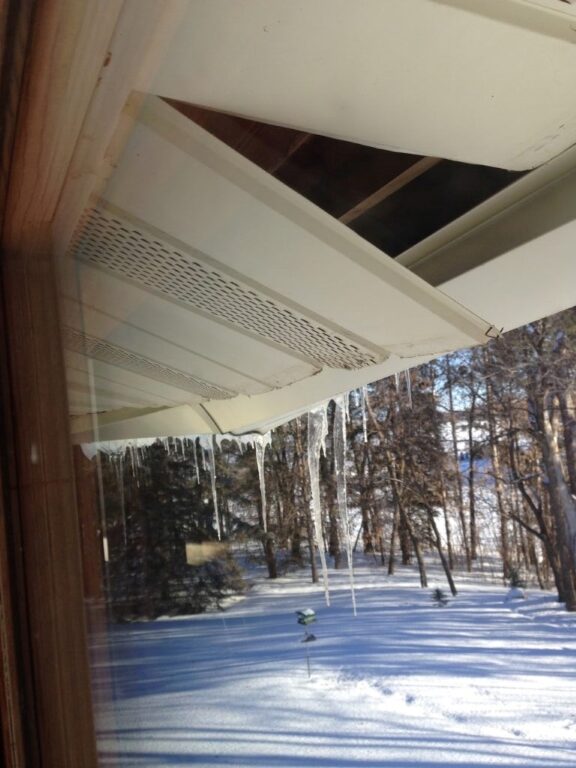
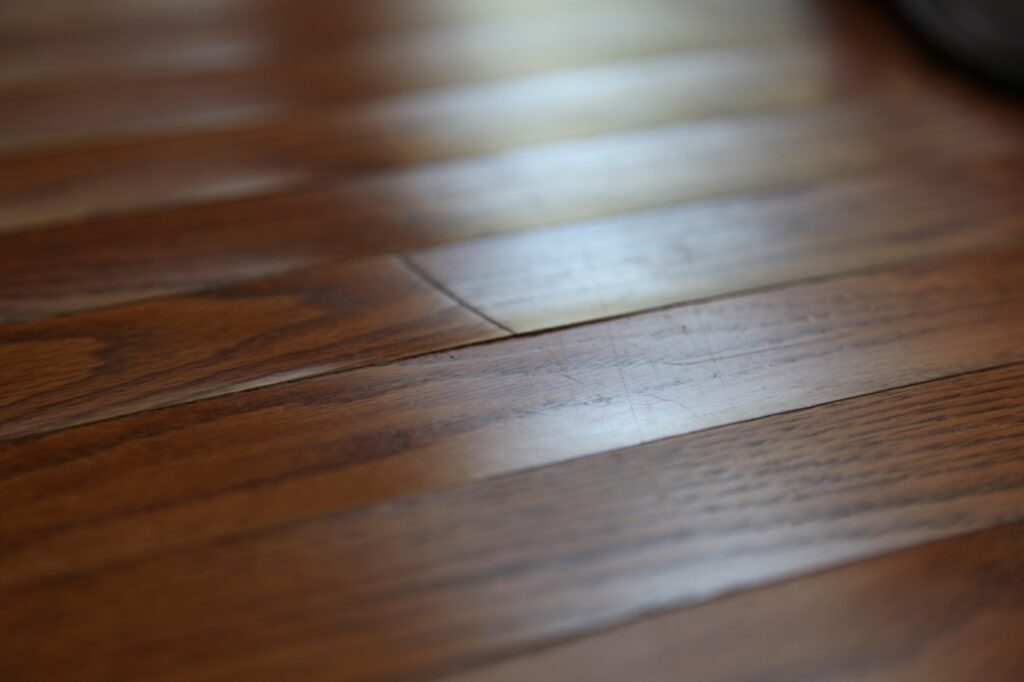
This kind of water intrusion can go unnoticed for months, often leading to hidden rot or structural damage. The weight of accumulated ice and water can further compromise the integrity of roofing materials, particularly around joints and valleys.
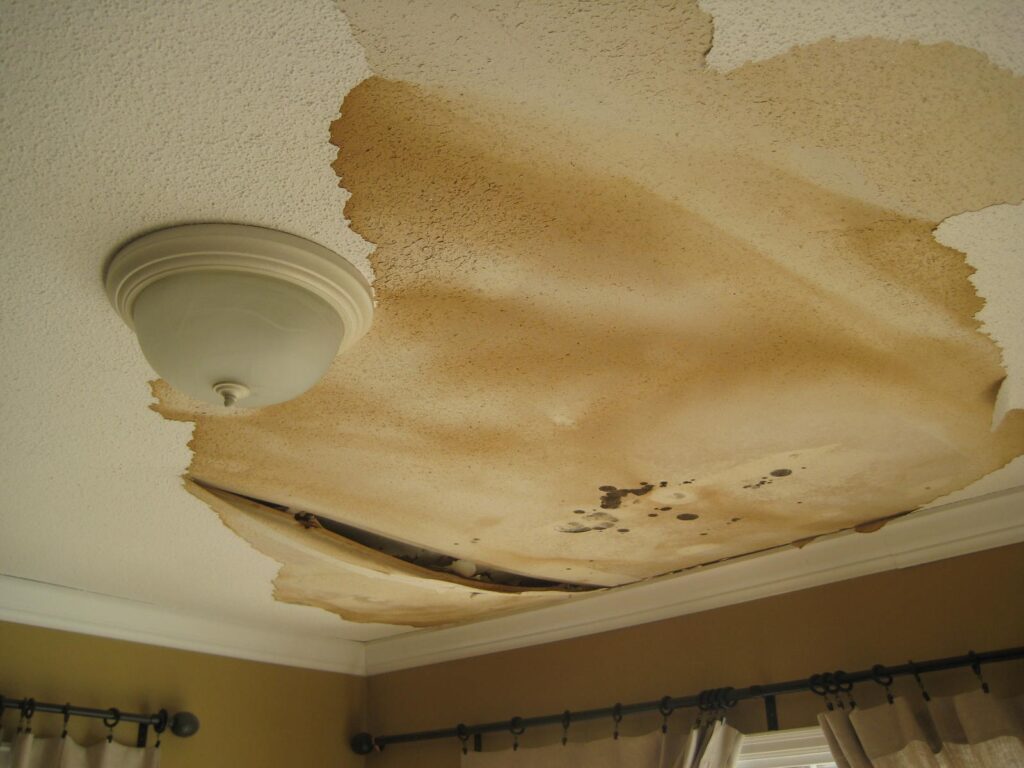
In addition to visible ceiling stains, interior paint or drywall may start to bubble or crack due to trapped moisture. Over time, this creates an environment conducive to mold growth, posing both health and maintenance concerns.
Two Approaches to Ice Dam Prevention
There are two primary branches of ice dam prevention:
- Architectural solutions: Fixing the root cause by upgrading insulation, ventilation and air sealing
- Non-architectural solutions: Installing self-regulating heat cable systems that keep meltwater pathways open and prevent ice buildup
Which Methods Work Best?
Architectural solutions are considered the gold standard because they target the root cause. But they can be disruptive and expensive, often requiring major remodeling projects. If you have the money, consider architectural solutions because they may also reduce your energy bill through increasing the efficiency of your home. Non-architectural solutions like self-regulating heat cable provide a practical, affordable and targeted protection. Many homeowners choose a combination of both approaches depending on their budget, priorities and appetite for home improvement.
Pros and Cons of Each Method
Architectural Solutions
- Pros: Permanent, addresses root cause, reduces energy loss
- Cons: Costly, disruptive, often impractical for existing homes
- Isn’t always effective
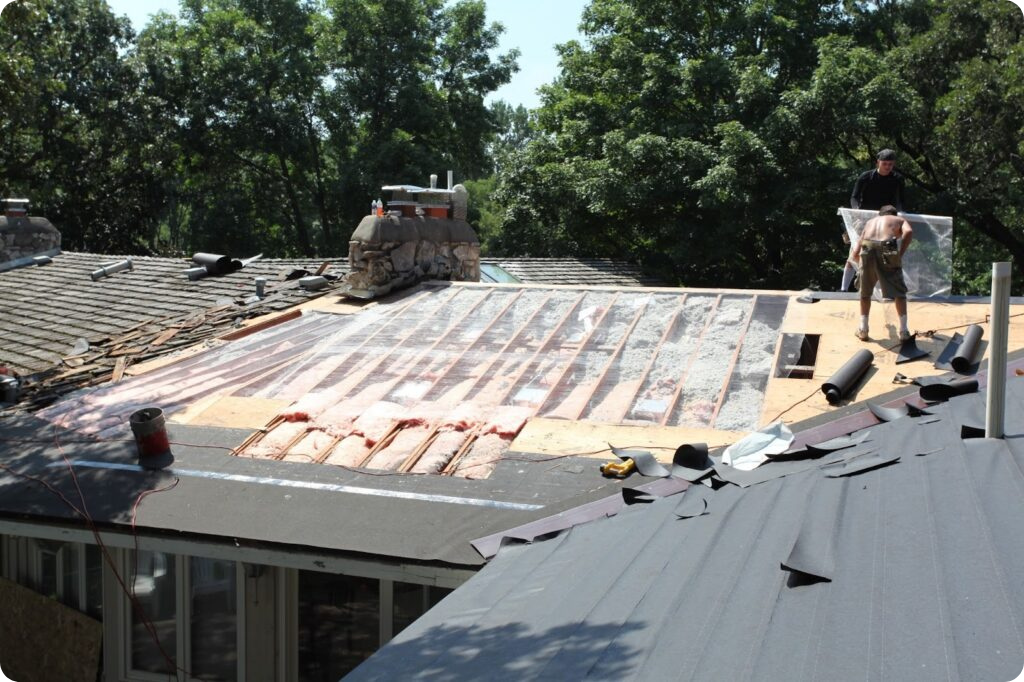
Non-Architectural Solutions (Heat Cable)
- Pros: Affordable, effective, fast to install, no major remodeling required, highly targeted to exact trouble spots
- Cons: Requires ongoing electricity and not a substitute for full building performance corrections
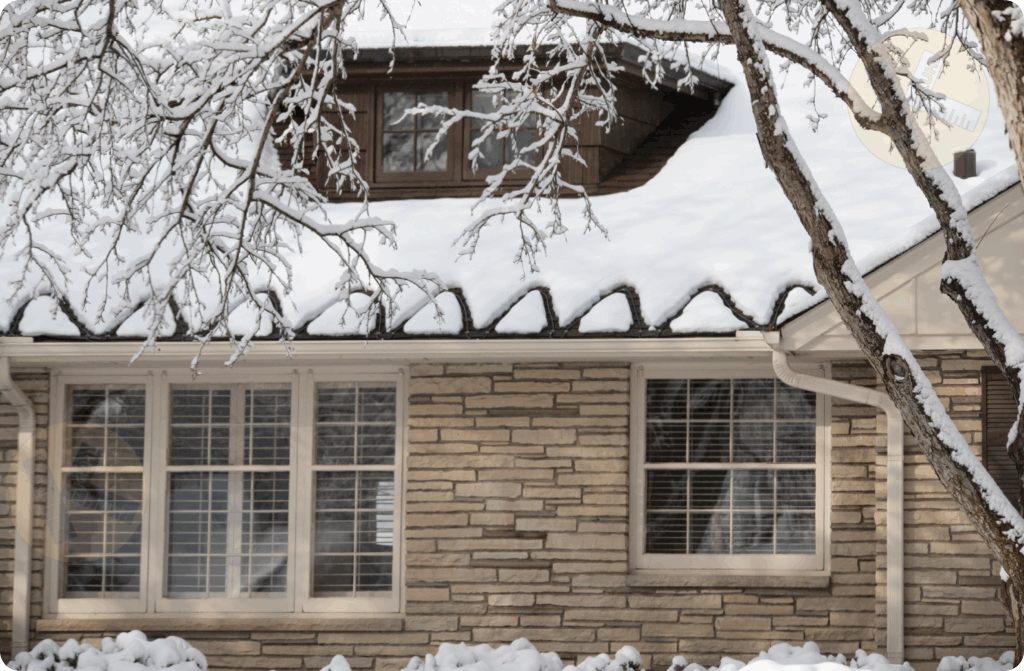
When Heat Cable is the Best Approach to Ice Dams
One of the primary advantages of heat cable is that it’s a targeted approach. Architectural solutions involve costly modifications across large areas of the home, but heat cable allows homeowners to focus only on problem zones, which is often all they need. If ice dams form in a valley, a lower eave or a pan, self-regulating heat cable can be installed directly in that location to provide peace of mind. This is especially attractive for homeowners with limited budgets or limited patience for home renovation.
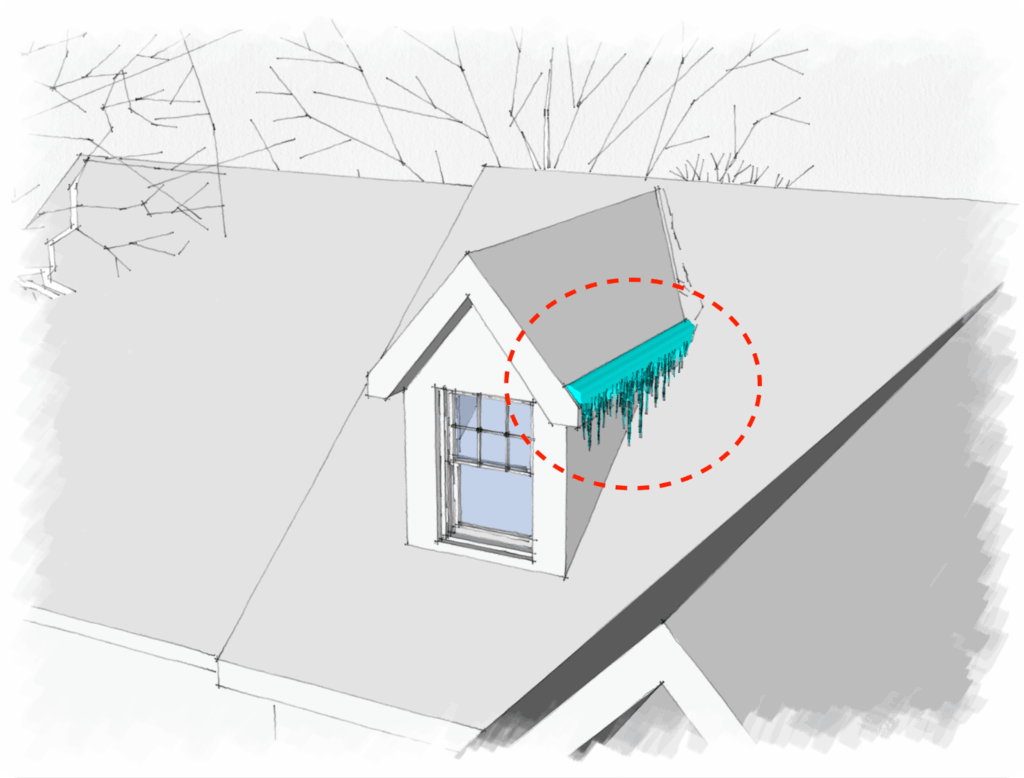
What Type of Heat Cable to Use for Roof & Gutter De-Icing
Not all heat cable is safe or effective. Self-regulating heat cable is the only type approved for all roof slopes and all roof materials. Unlike constant wattage cable, it automatically adjusts output based on temperature and will not overheat. Heat Tape PRO is UL-listed, backed by a 10-year warranty and engineered to withstand the toughest winter conditions.
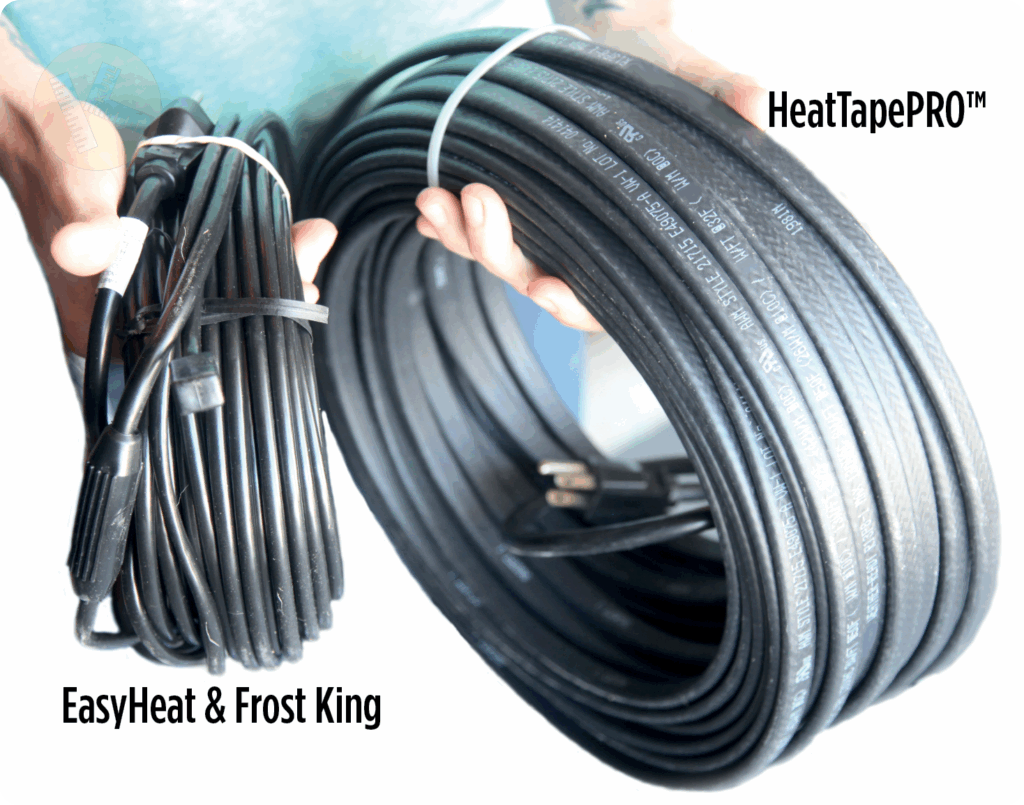
The Ice Dam Company: A Pioneer in Ice Dam Removal and Prevention
For decades, The Ice Dam Company has been a pioneer in ice dam removal and prevention. The lessons learned in thousands of removals directly shaped the development of Radiant Solutions Company premium heat cable systems, making them the most contractor-friendly products on the market today. Check out the Ice Dam Company website if you’d like to dig deeper into the topic.
Ready to take action?
Shop Heat Tape Pro and use our Heat Tape Calculator to design your custom system today.
Related Case Studies
- Case Study #131 — Ice Dams 101: How Common Ice Dams Form
- Case Study #135 — The Ultimate Guide to Ice Dam Prevention Methods
